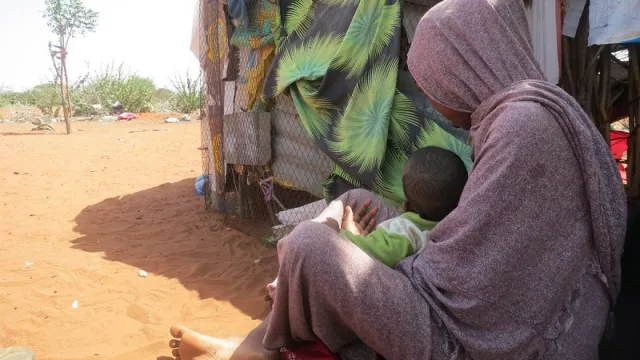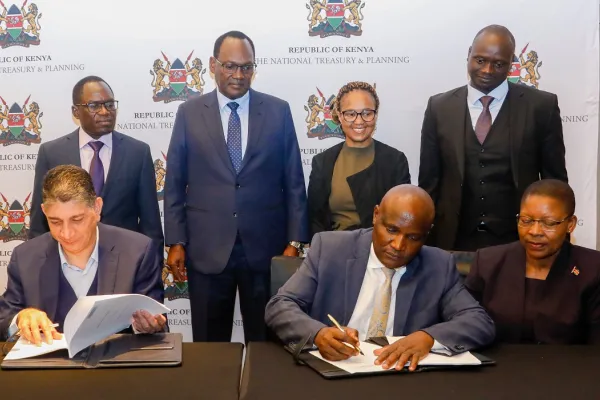Shock as poverty grips six in every ten Kenyan homes

Shock as poverty grips six in every ten Kenyan homes
An estimated 63 percent of Kenyan homes grappled with "multidimensional poverty" in 2020/21 fiscal year, a fresh survey shows.
This implies that these families were cut off from access to basic services such as food, water, shelter, clothing and education.
This is at least 10 percentage points higher than the 53 percent reported by the Kenya National Bureau of Statistics (KNBS) in 2018.
The study by the e-backed Kenya Institute of Public Policy Research and Analysis (Kippra) shows that 80 percent of households across 15 counties do not have access to basic services.
"A high percentage of households are deprived of essential goods and services and this, coupled with low absorption of the budget allocated to social welfare programmes, is lagging efforts to address poverty," Kippra said.
Read also: Sugar barons dancing on Mumias graveyard
Between 80 and 88 percent of residents in Bomet, Busia, Kitui, Samburu, Siaya, and Migori counties experienced multidimensional poverty, the report says.
Further, over 50 percent of the population in Busia, Mandera, Marsabit, Samburu, Tana River, Turkana and West Pokot counties lack access to food.
Counties should consider rolling out social protection programmes to prevent even more populations from sinking into poverty, Kippra recommends.
"County governments to identify and address causes of low absorption of social welfare budgets and have in place mechanisms to map out the vulnerable members of the society," the report said in part.
According to the World Bank, extreme poverty—initially set at $1 per day and since 2011, at $1.90 each day—encompasses two fundamental elements. First, it quantifies the minimum needs to survive, that is, access to food, shelter, and clothing.
Second, it relies on the concept of purchasing power parities (PPPs) so that the costs of these basic needs can be compared across time and space. The current definition is in 2011 PPPs; in today’s US dollar, it is approximately $2.20.



